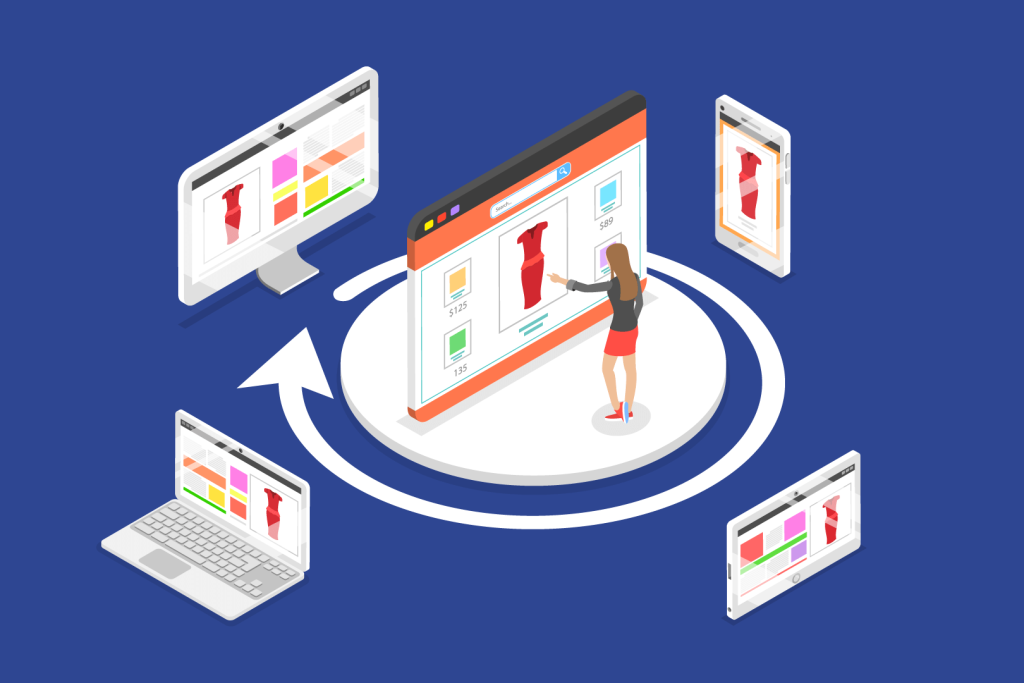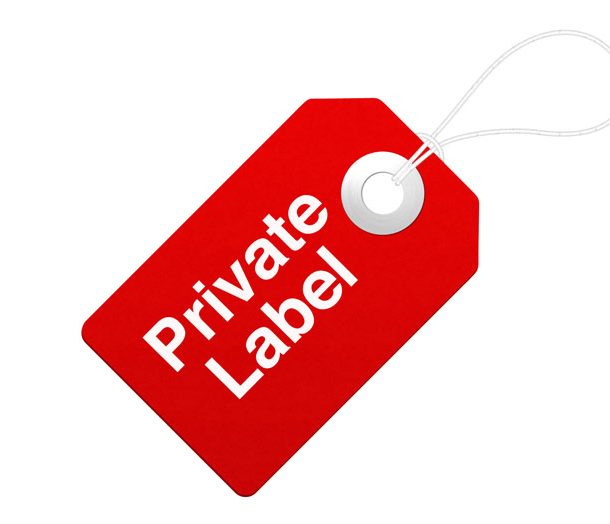
Recovering Lost Sales: Strategies to Re-engage Dormant Customers
Every business—whether selling on Amazon, Shopify, or Walmart Marketplace—eventually faces the same challenge: customers who disappear. These dormant buyers may have once loved your product, but over time, engagement drops, repeat purchases slow, and valuable relationships fade.
The good news? With the right strategies, these lapsed customers can be brought back. Reactivating dormant buyers can be far more cost-effective than acquiring new ones, making it a critical piece of your brand’s long-term success strategy.

Why Dormant Customers Matter
Dormant customers already know your brand, have interacted with your products, and have demonstrated buying intent. According to Harvard Business Review, increasing customer retention rates by just 5% can boost profits by 25% to 95%. Re-engaging them means capitalizing on existing trust and reducing your customer acquisition costs (CAC).
Whether your business runs on FBA, FBM, or an omnichannel strategy with Shopify, building reactivation into your retention strategy is smart business.
Top Strategies to Re-engage Dormant Customers
1. Segment and Identify Lapsed Buyers
Start by defining what “dormant” means for your business—30 days, 60 days, or six months without a purchase? Use Amazon customer metrics or your CRM to isolate buyers who haven’t returned within that window. Segment them based on product purchased, average order value, and frequency.
2. Send Personalized Win-Back Campaigns
Generic emails won’t do the trick. A compelling win-back campaign needs personalization and relevance:
Subject line: “We miss you!” or “Still interested in [Product Name]?”
Body: Remind them why they loved your product. Show recent reviews or new uses for it.
CTA: Offer a limited incentive (but avoid discount dependency).
A great example comes from Shopify’s guide on win-back emails, which emphasizes storytelling, customer testimonials, and time-sensitive offers.

3. Use Retargeting Ads Across Channels
Dormant doesn’t mean disengaged—they may just need a reminder. Retargeting through Amazon DSP or platforms like Meta, Google, and TikTok can rekindle interest.
Target users based on past purchases or abandoned carts, and drive them back to a tailored landing page or storefront section.
4. Launch Product Refreshes or Bundle Offers
Sometimes, customers stop buying because their needs have evolved. Introducing refreshed SKUs, improved packaging, seasonal offerings, or curated bundles can reignite their interest.
Consider:
Limited-edition flavors or colors
Multi-pack value bundles
Subscription or auto-delivery options
Retailers like Walmart have successfully used these tactics to lift reorders.
5. Ask for Feedback—Then Act On It
Your dormant customers may have reasons for leaving—product confusion, a bad experience, or simply forgetting. Send a short, engaging survey asking:
“What made you stop shopping with us?”
“What would bring you back?”
Follow-up with an email that highlights how their feedback was implemented. According to Qualtrics, showing customers you’re listening is one of the fastest ways to rebuild loyalty.
Bonus Tactics Worth Testing
SMS Campaigns: Especially powerful for time-sensitive flash sales or product launches
Loyalty Program Reminders: Nudge inactive users to redeem rewards or unlock new tiers
Social Proof Nudges: Feature “Top Picks From Customers Like You” on retargeted ads or homepage

Final Thoughts
Recovering lost sales isn’t just about marketing automation—it’s about restoring connection. By segmenting intelligently, tailoring communication, and demonstrating real value, you can turn dormant buyers into devoted repeat customers.
This isn’t just a tactic—it’s a growth mindset.
Want to dig deeper into this strategy? Explore related insights on:














